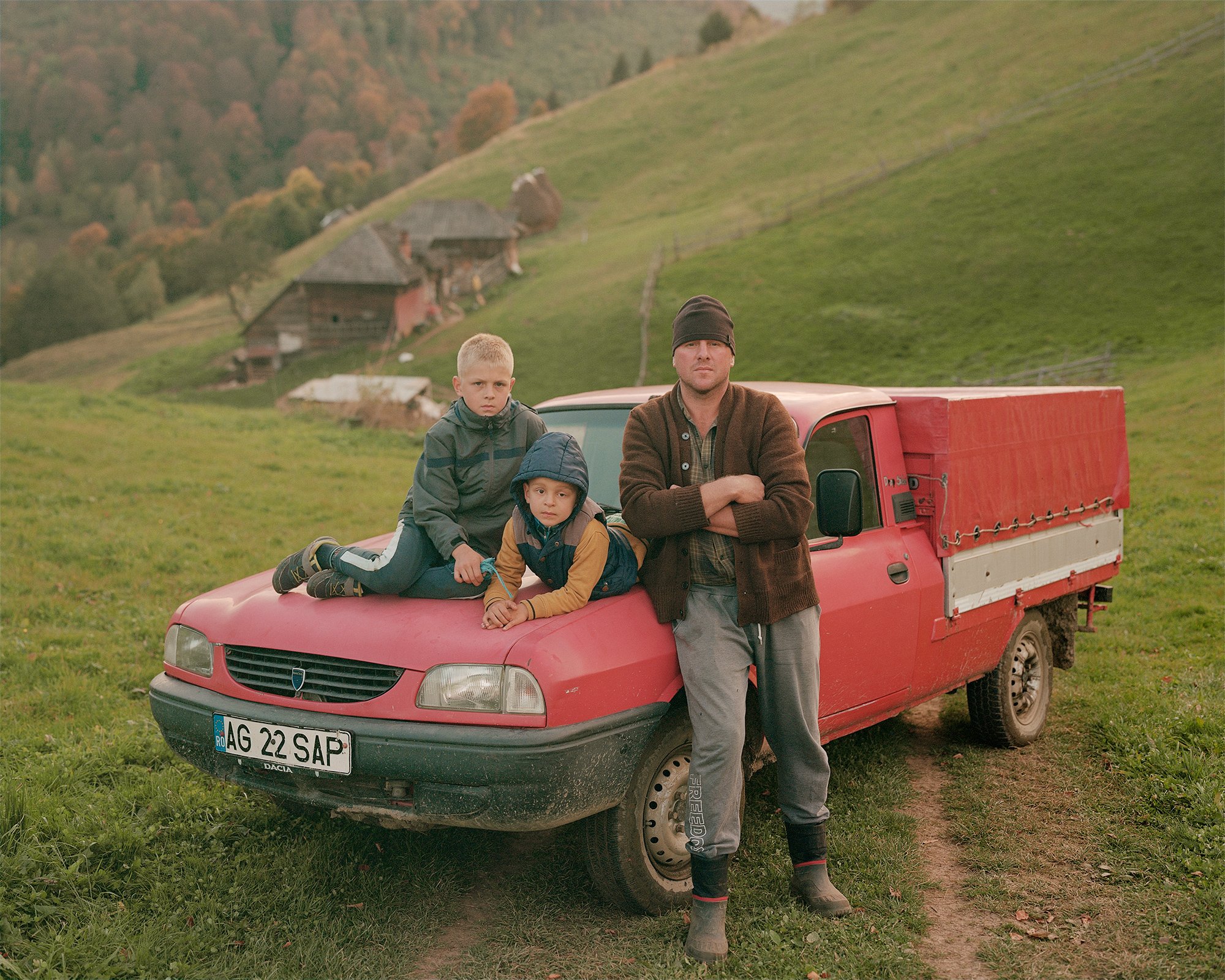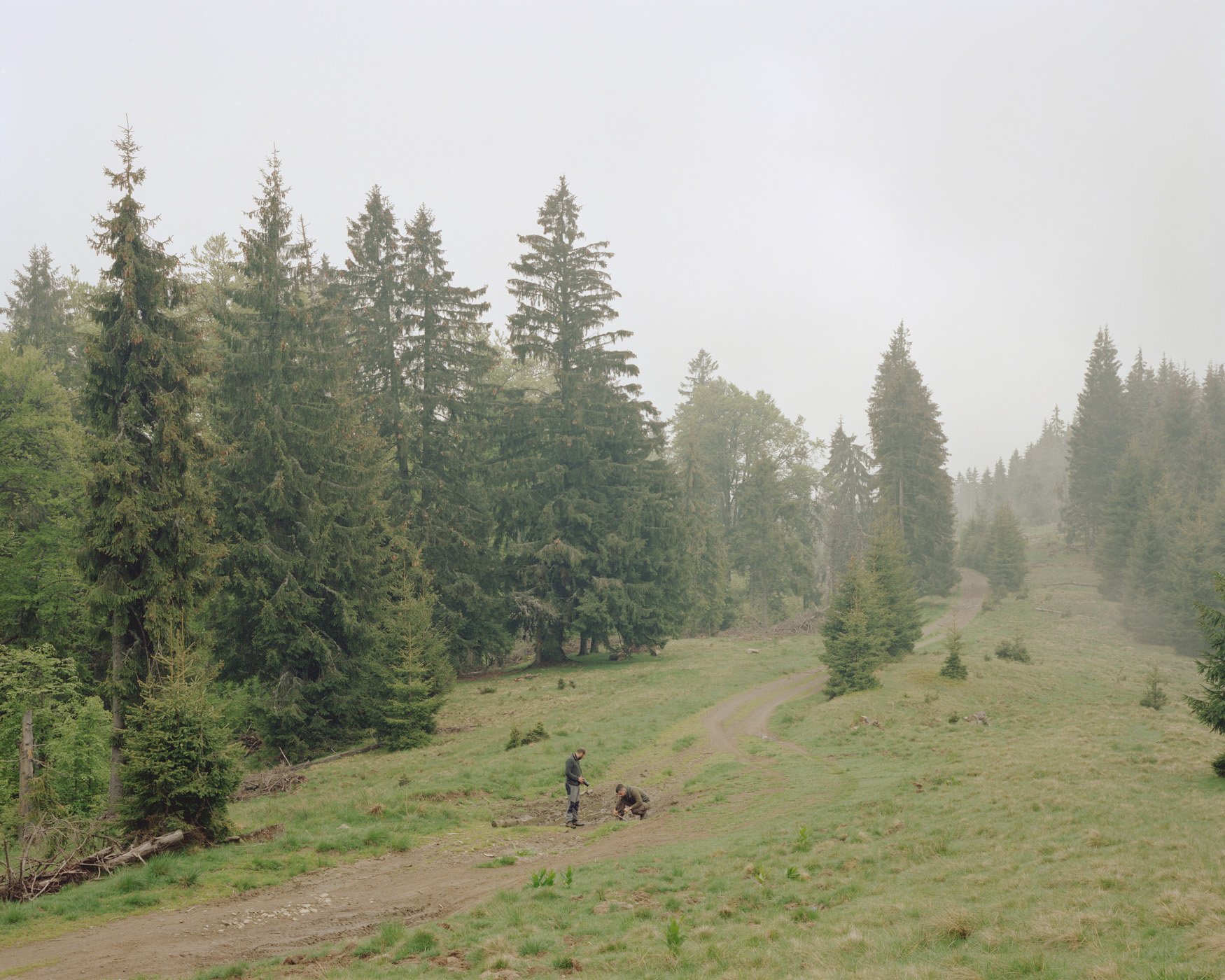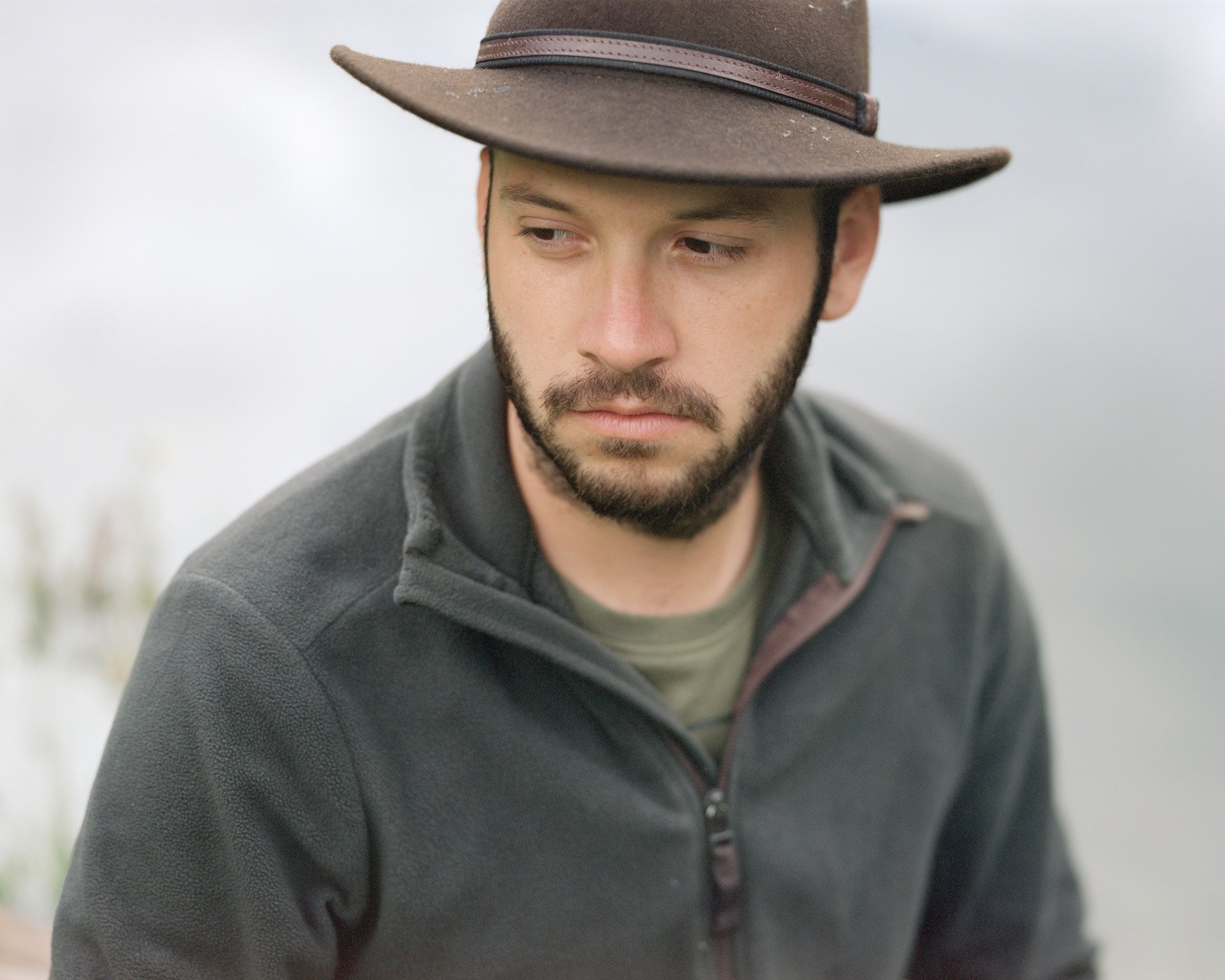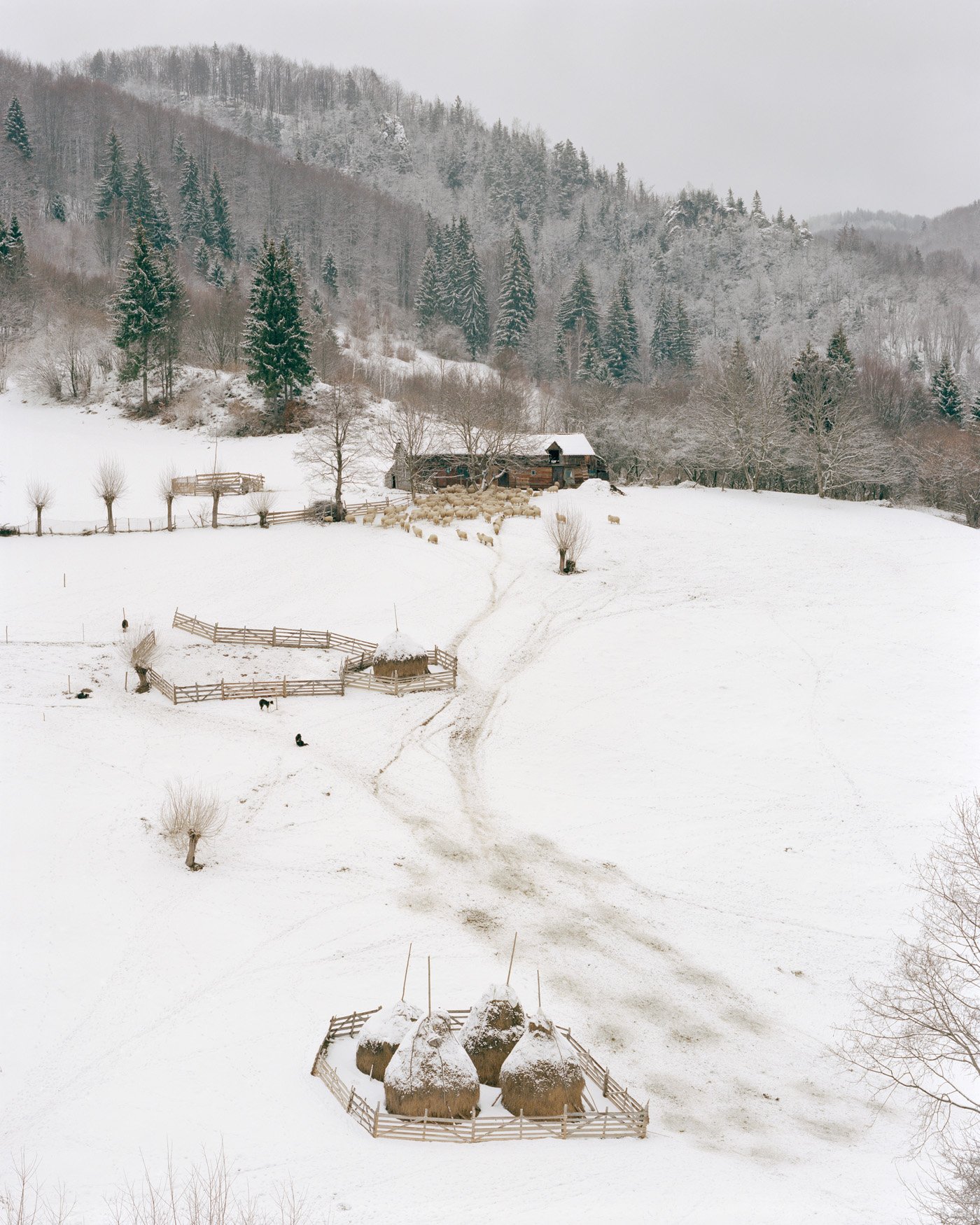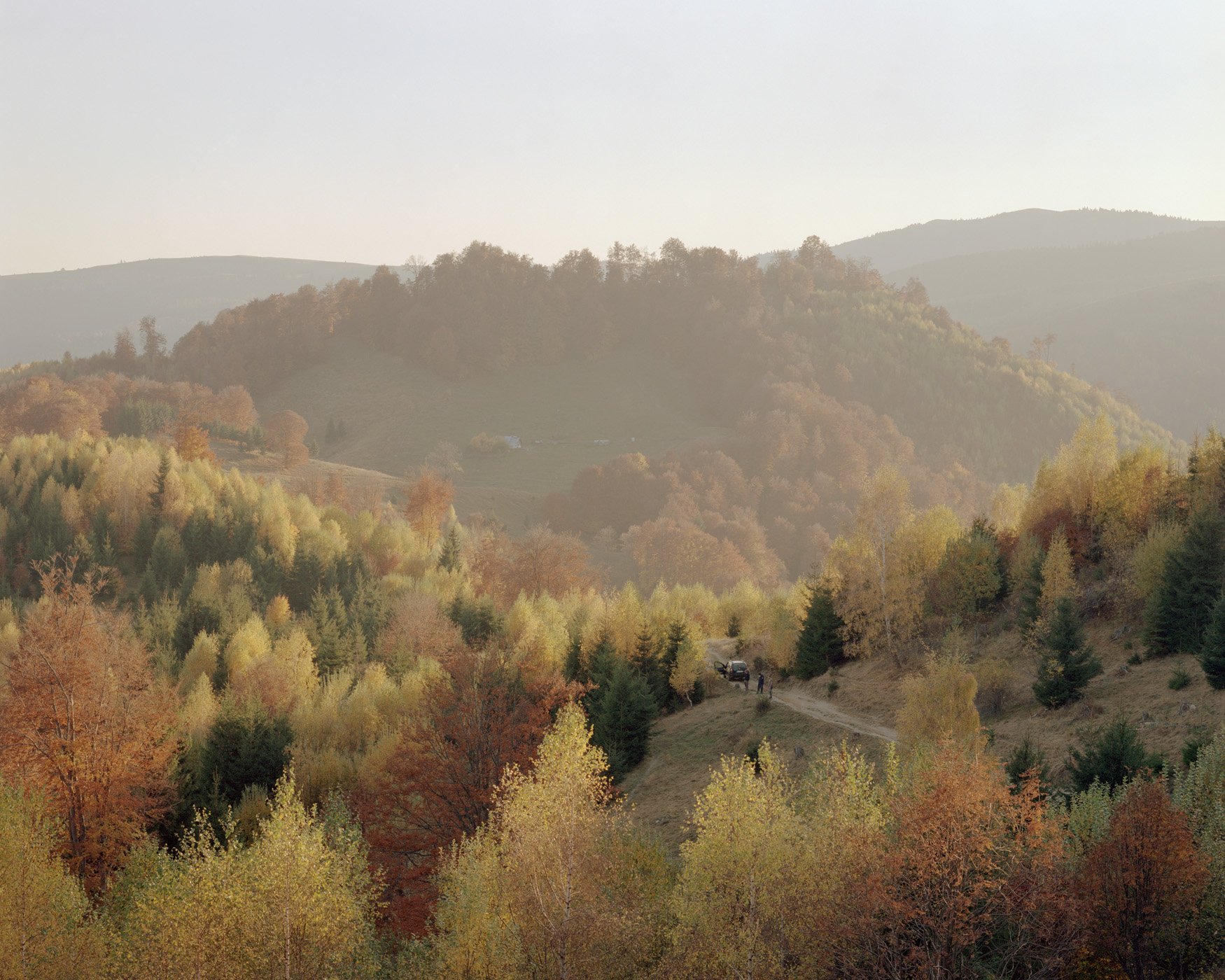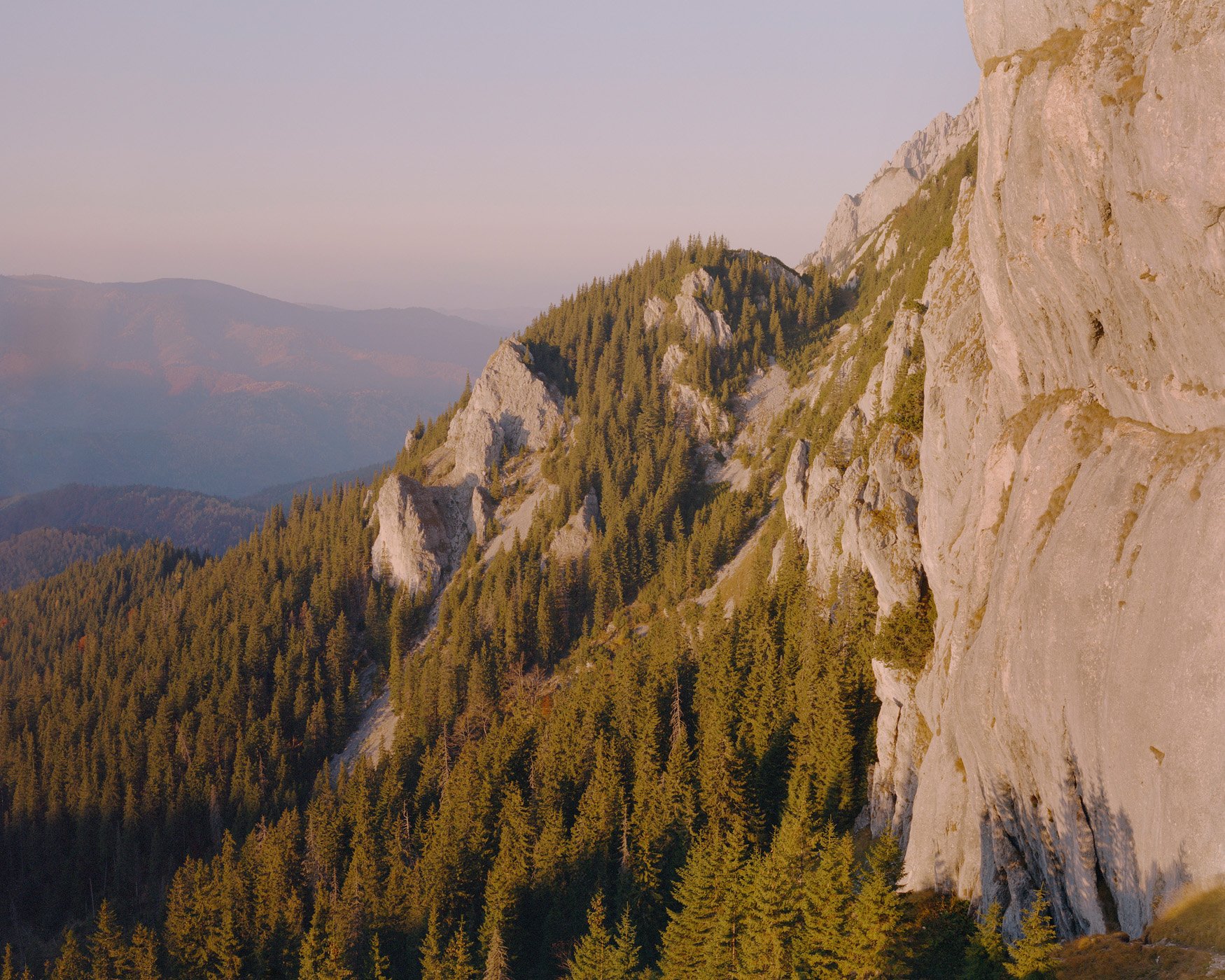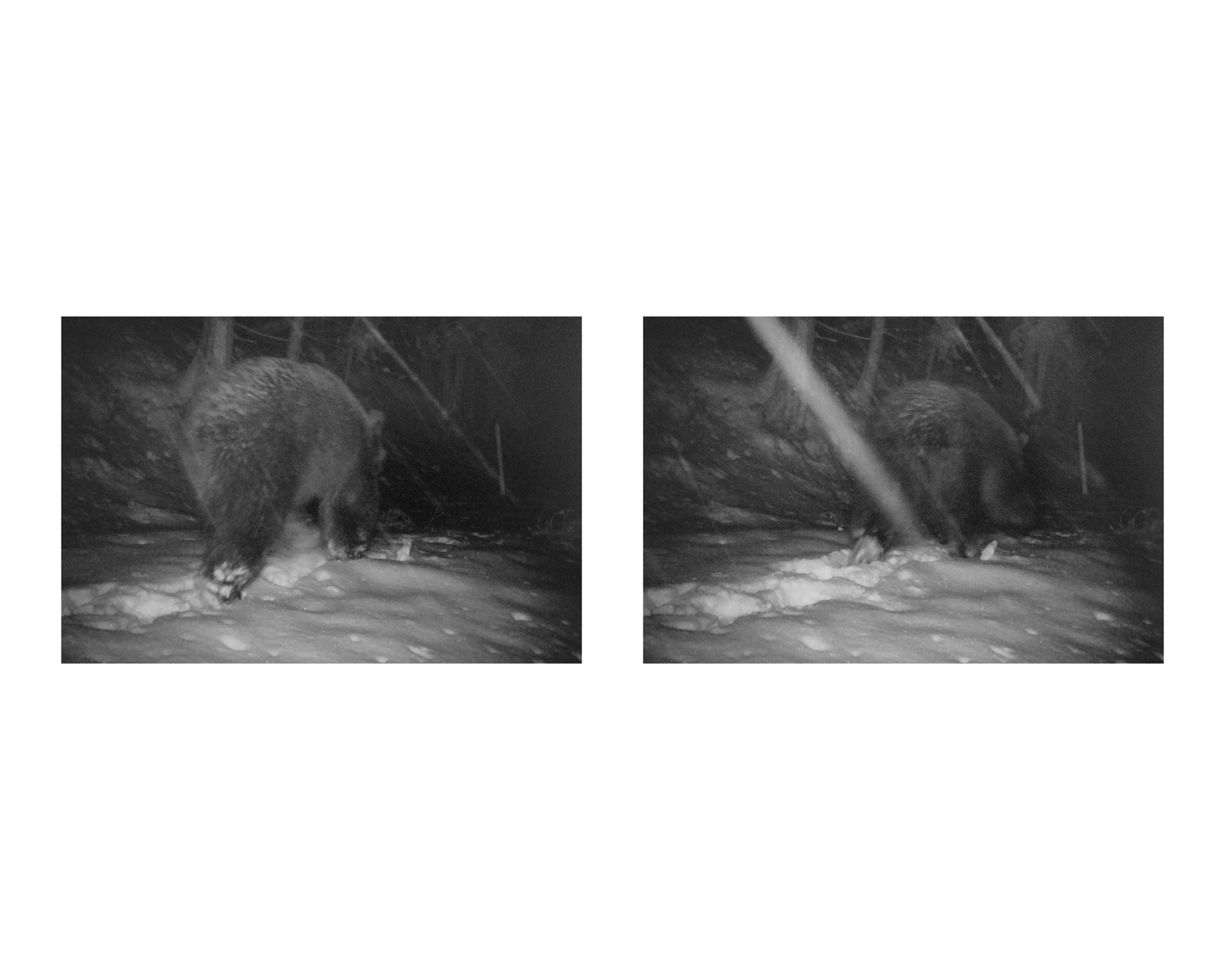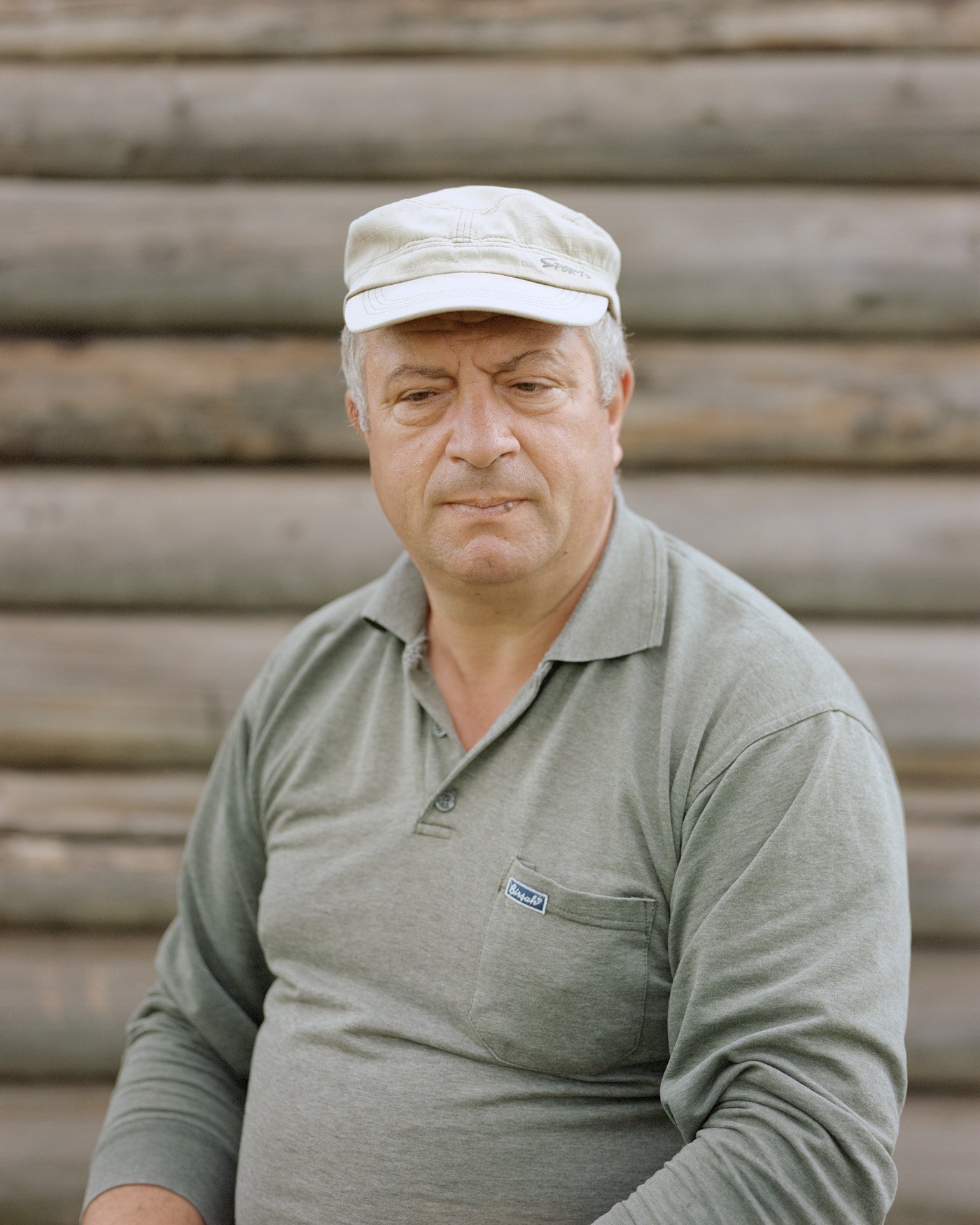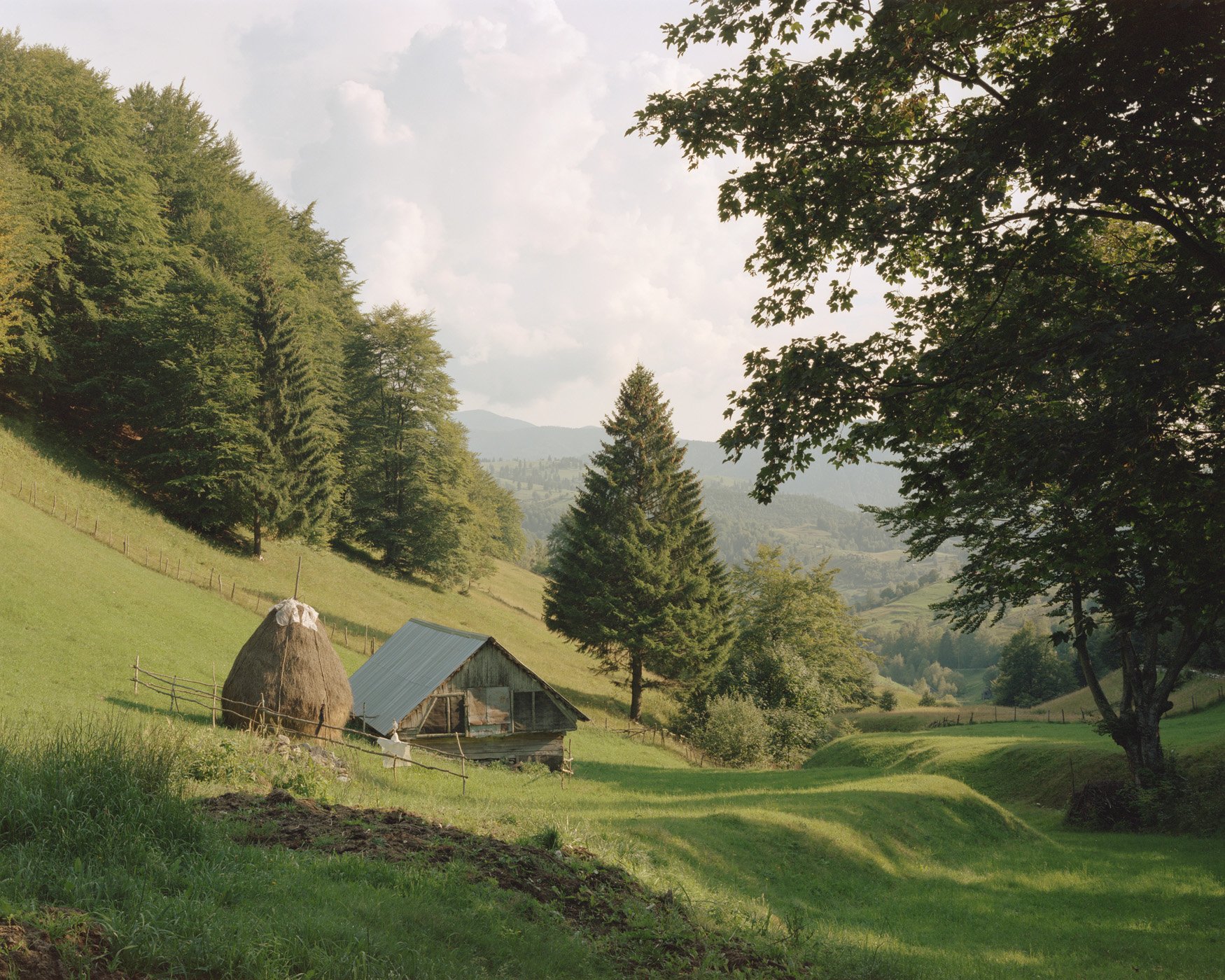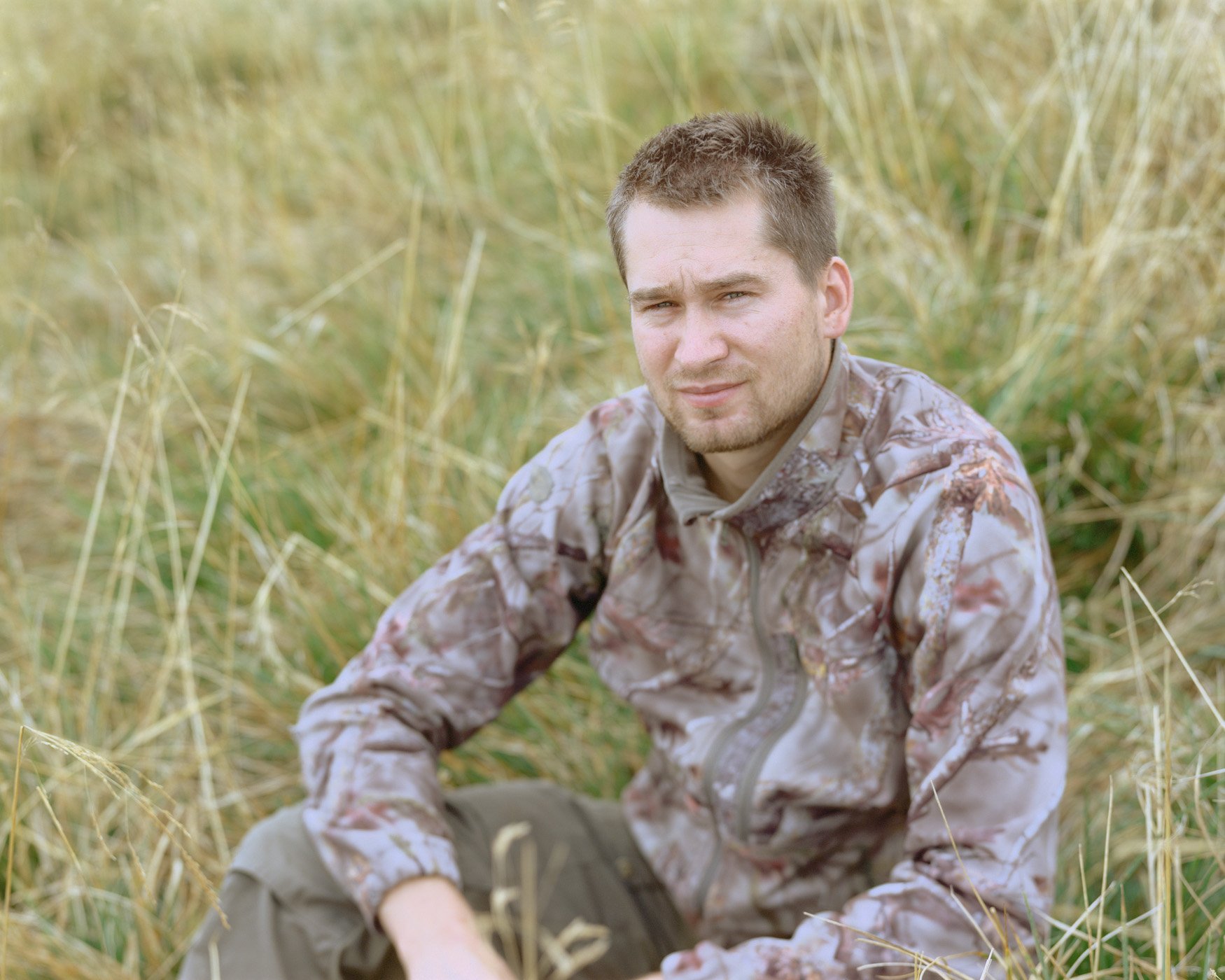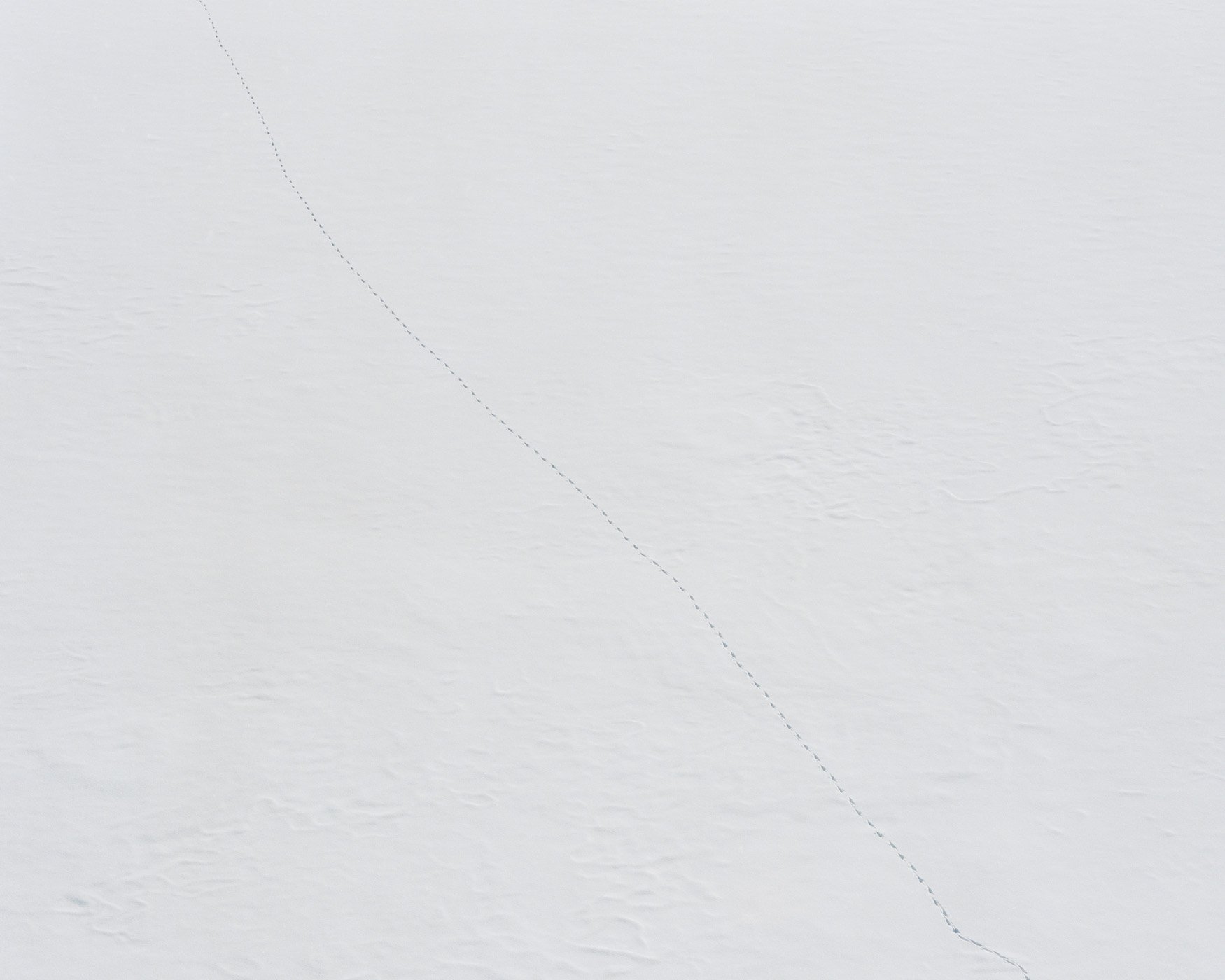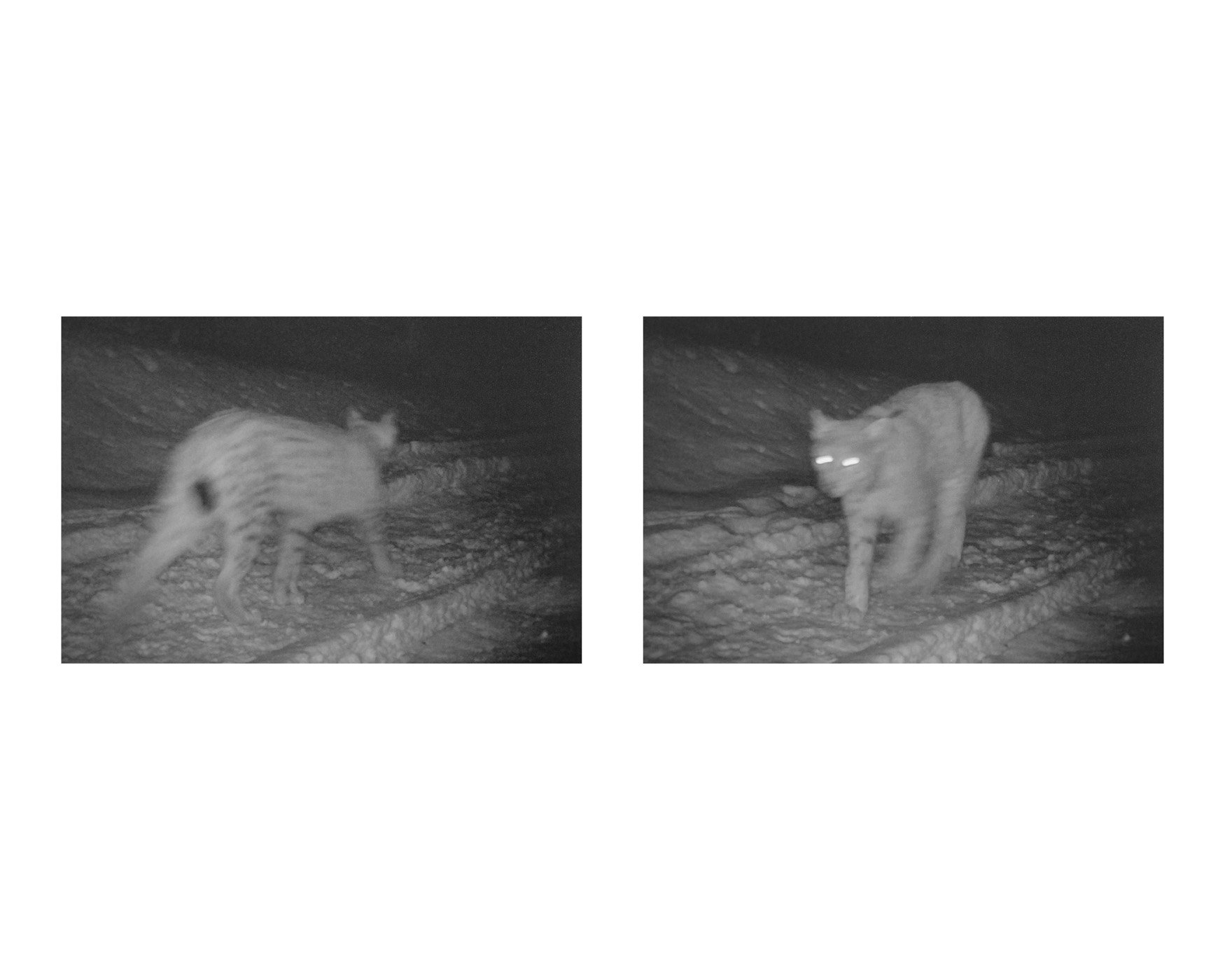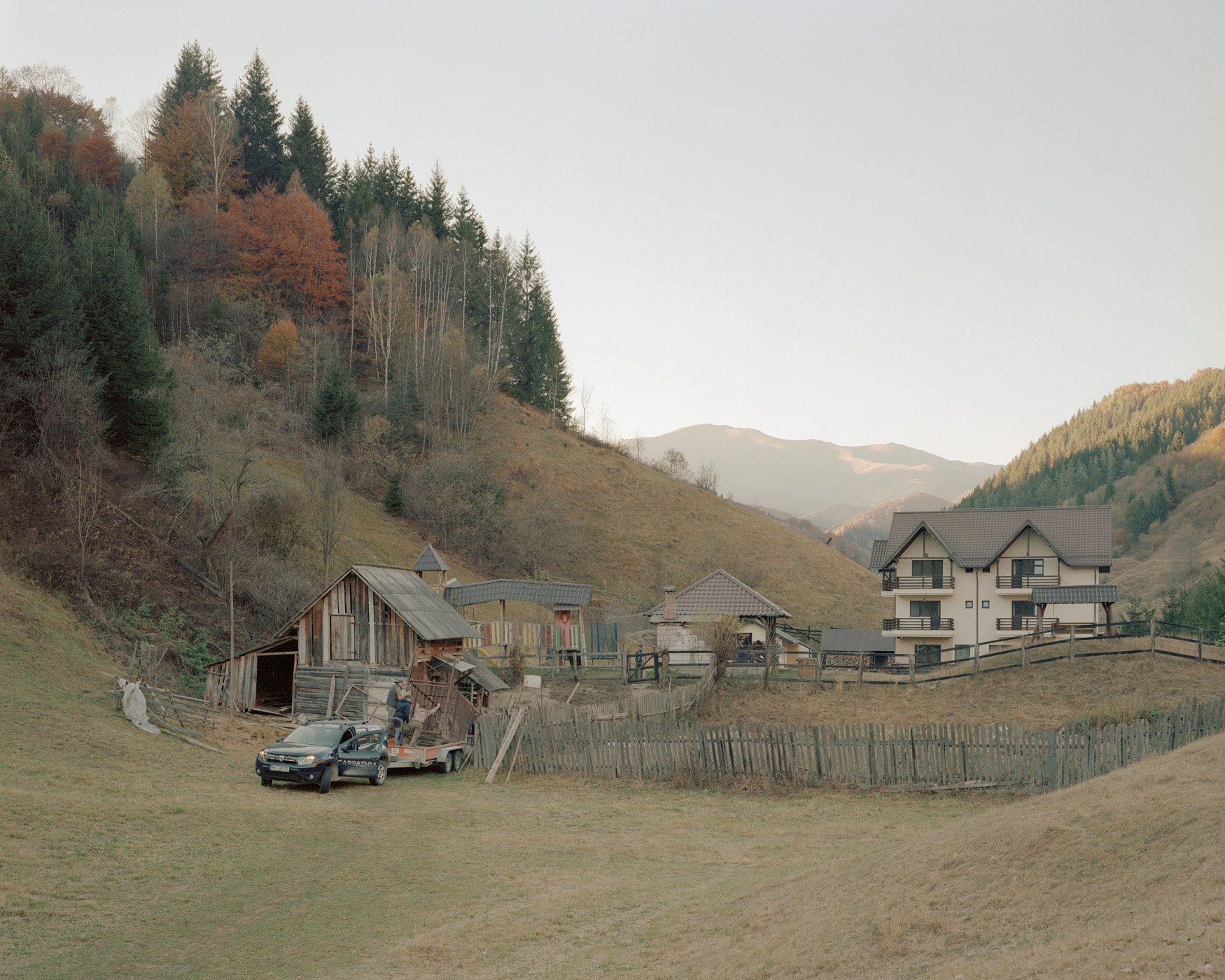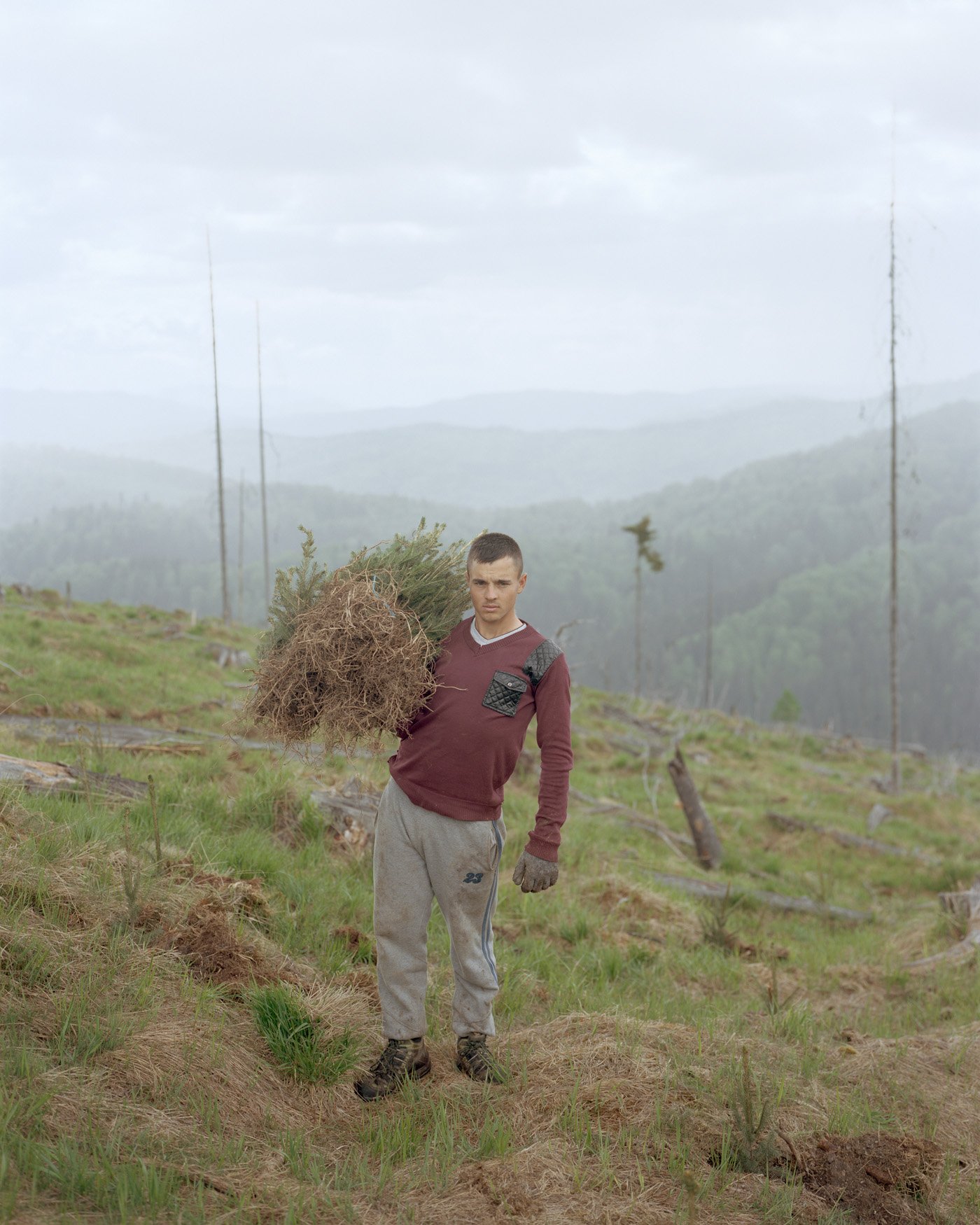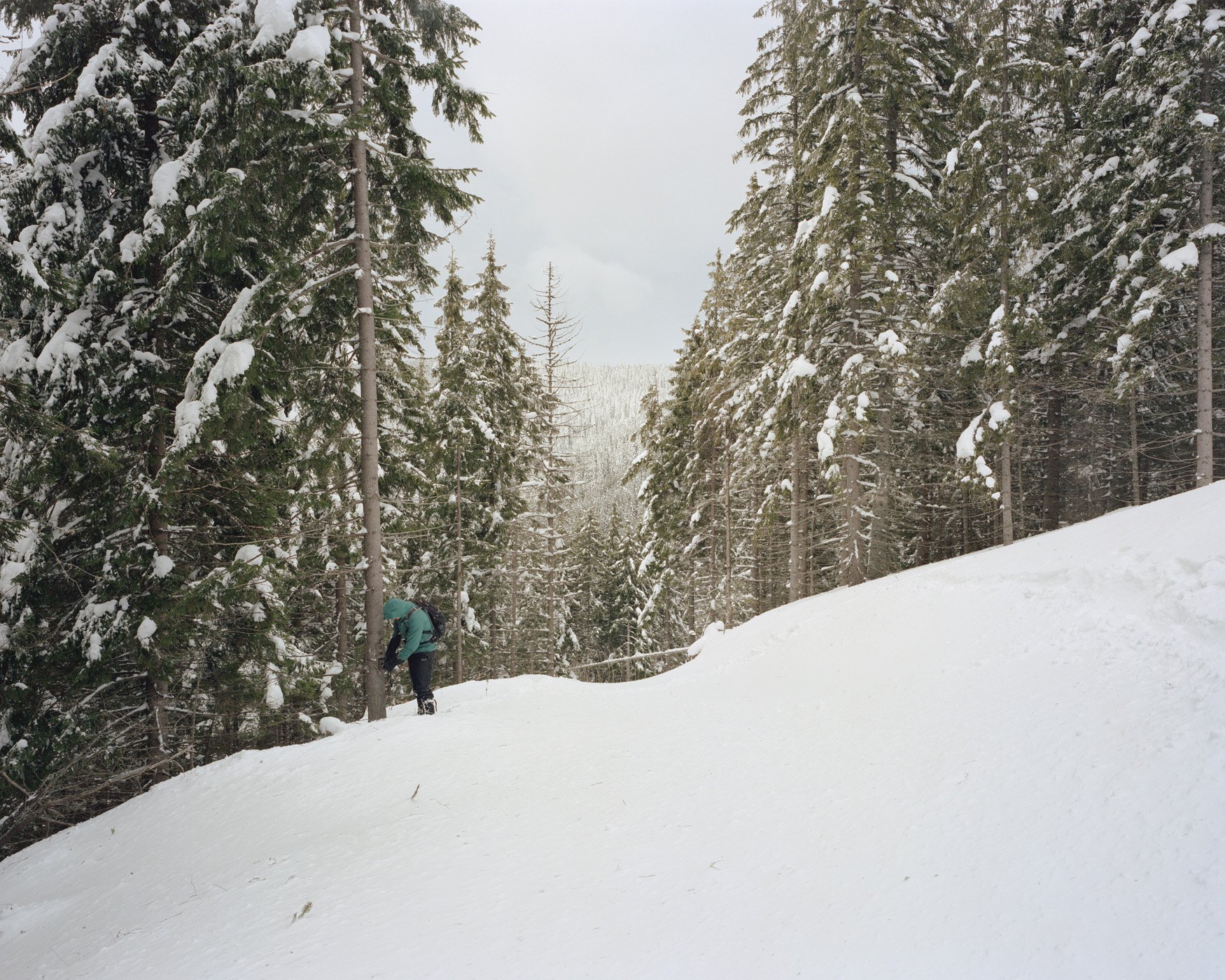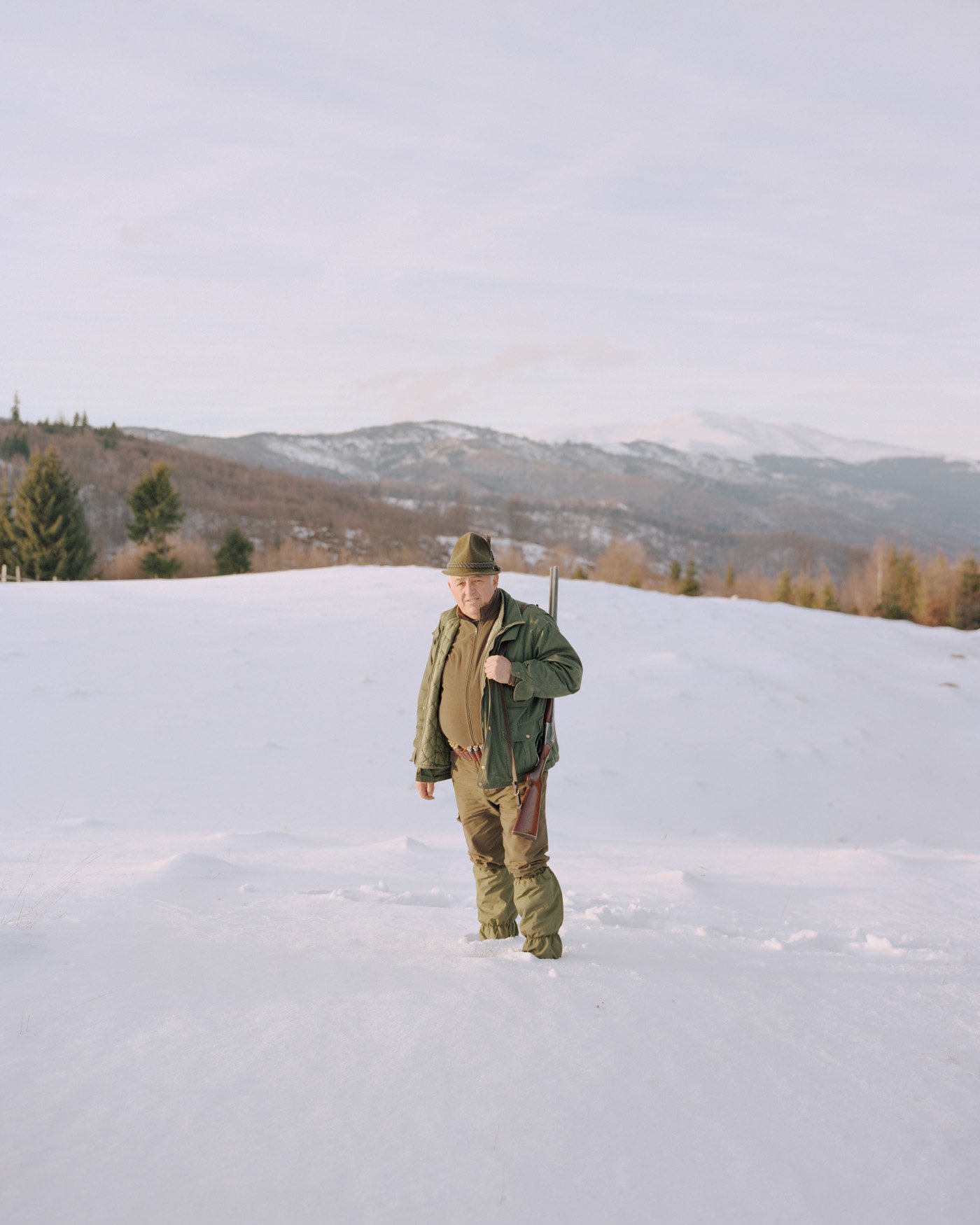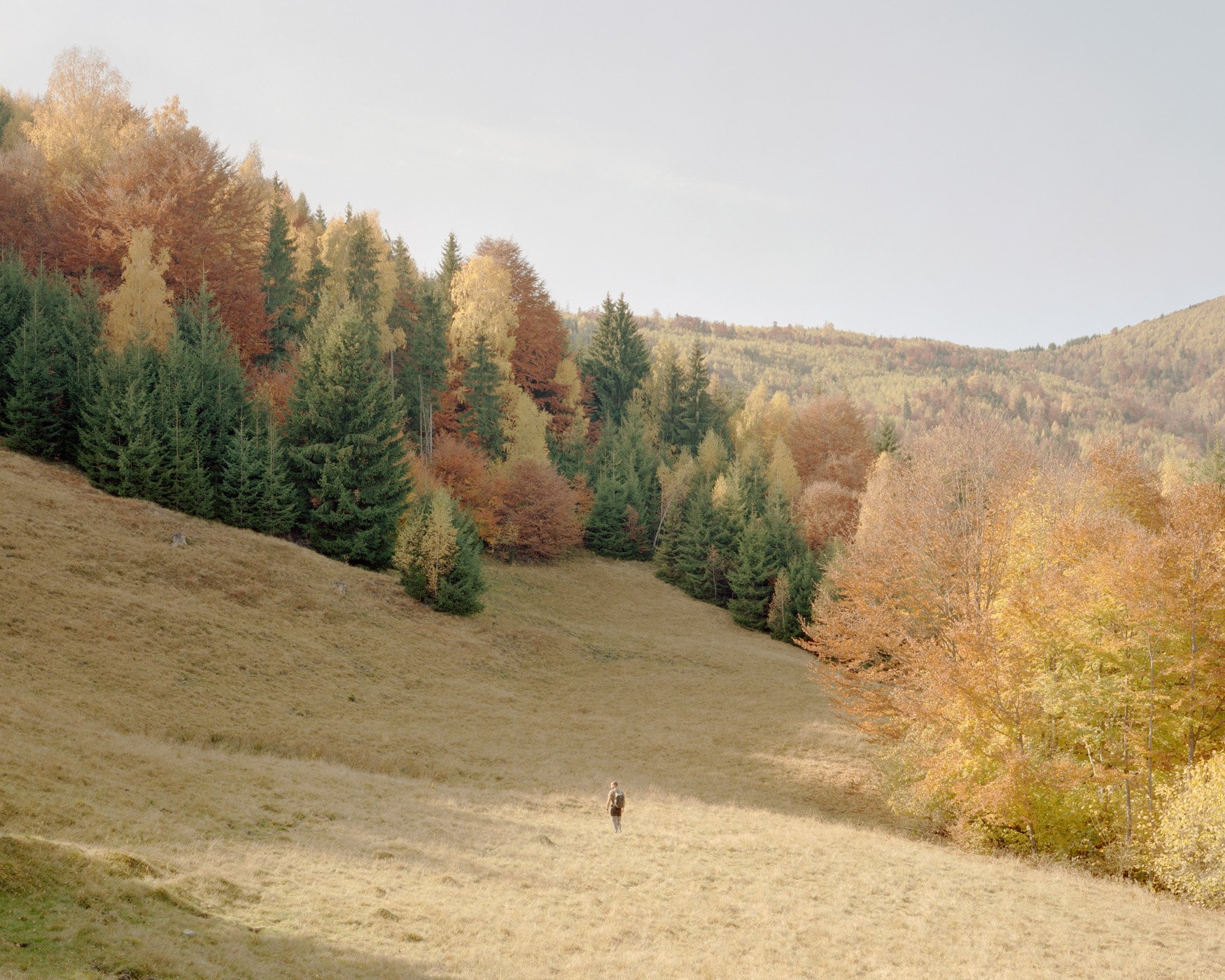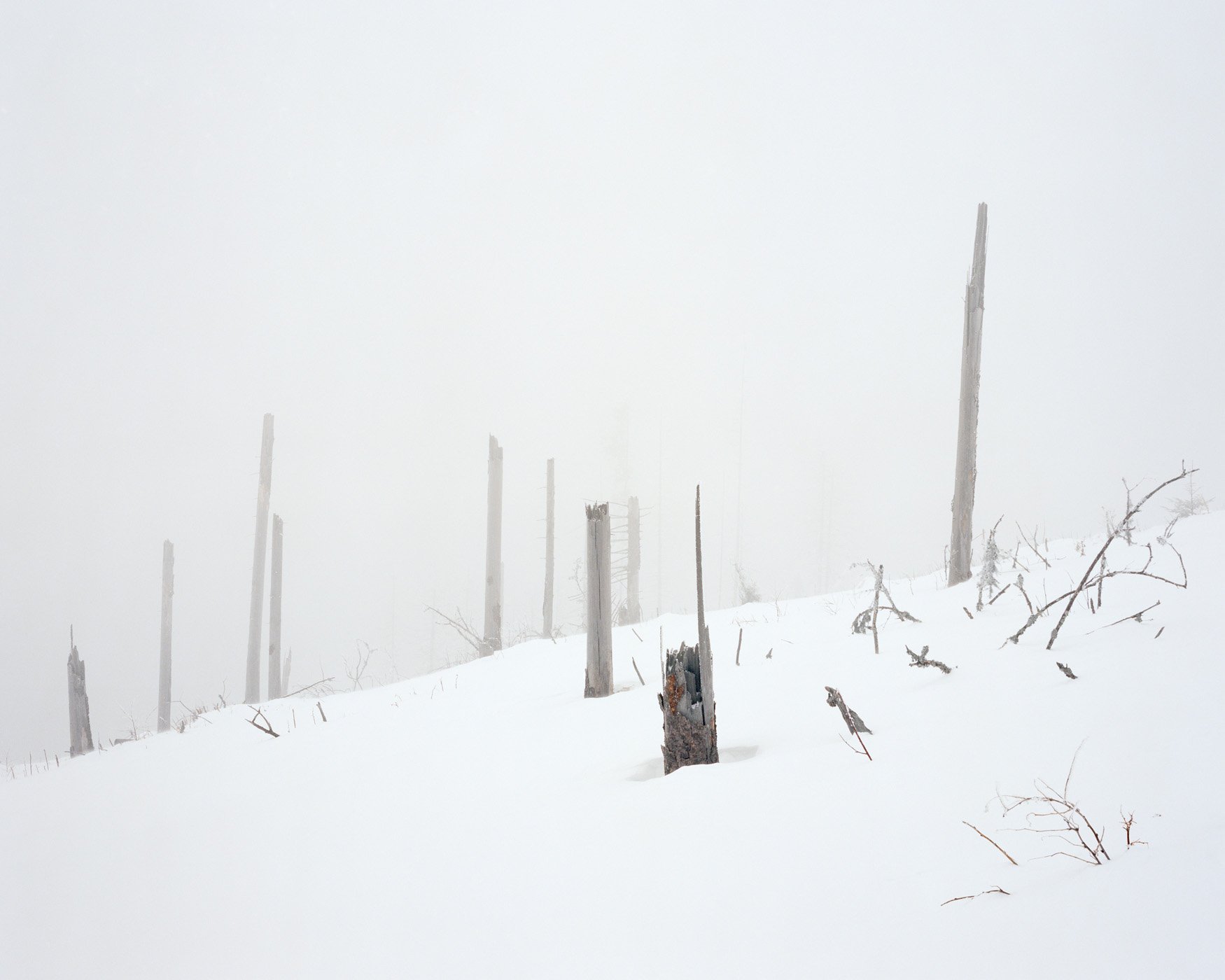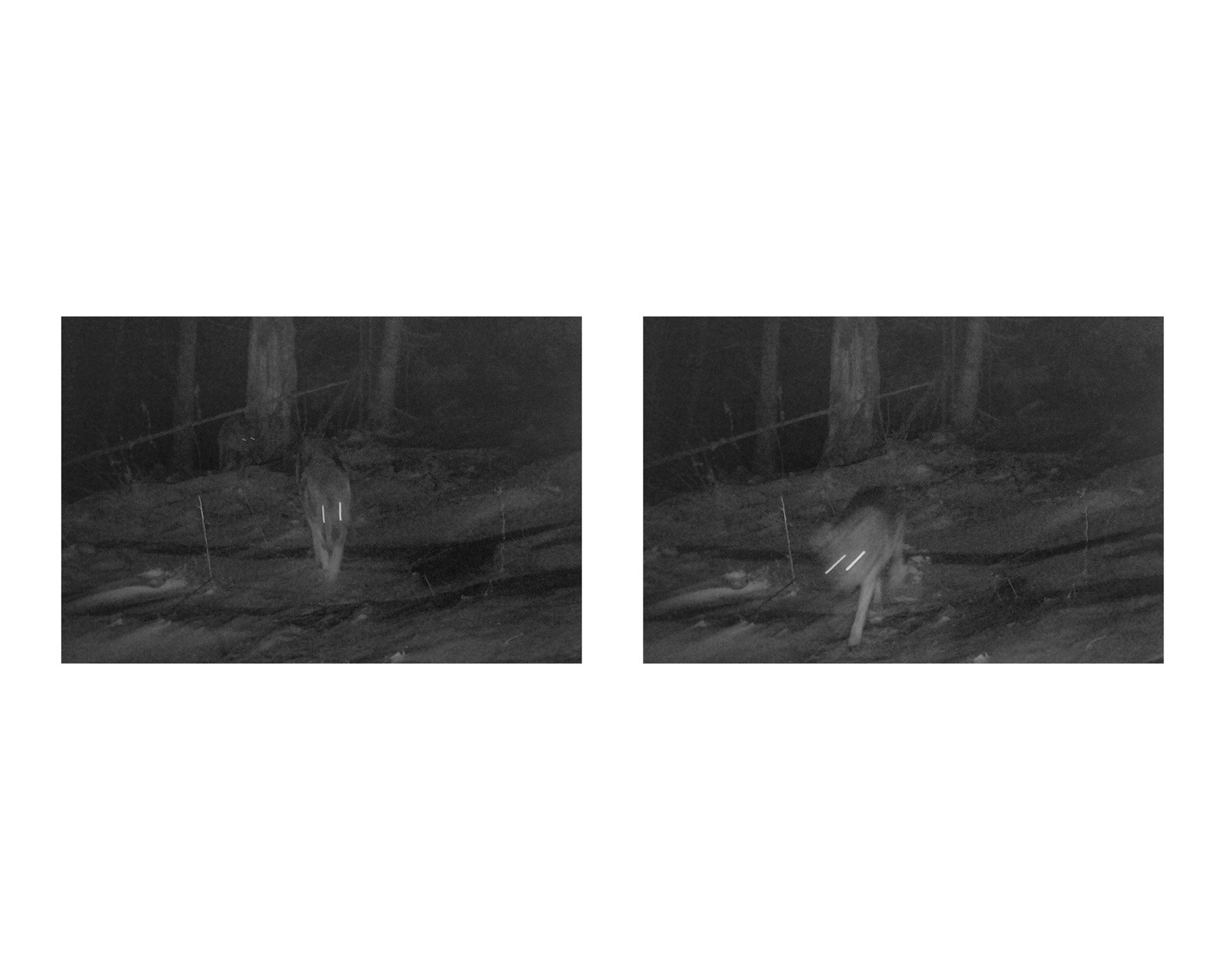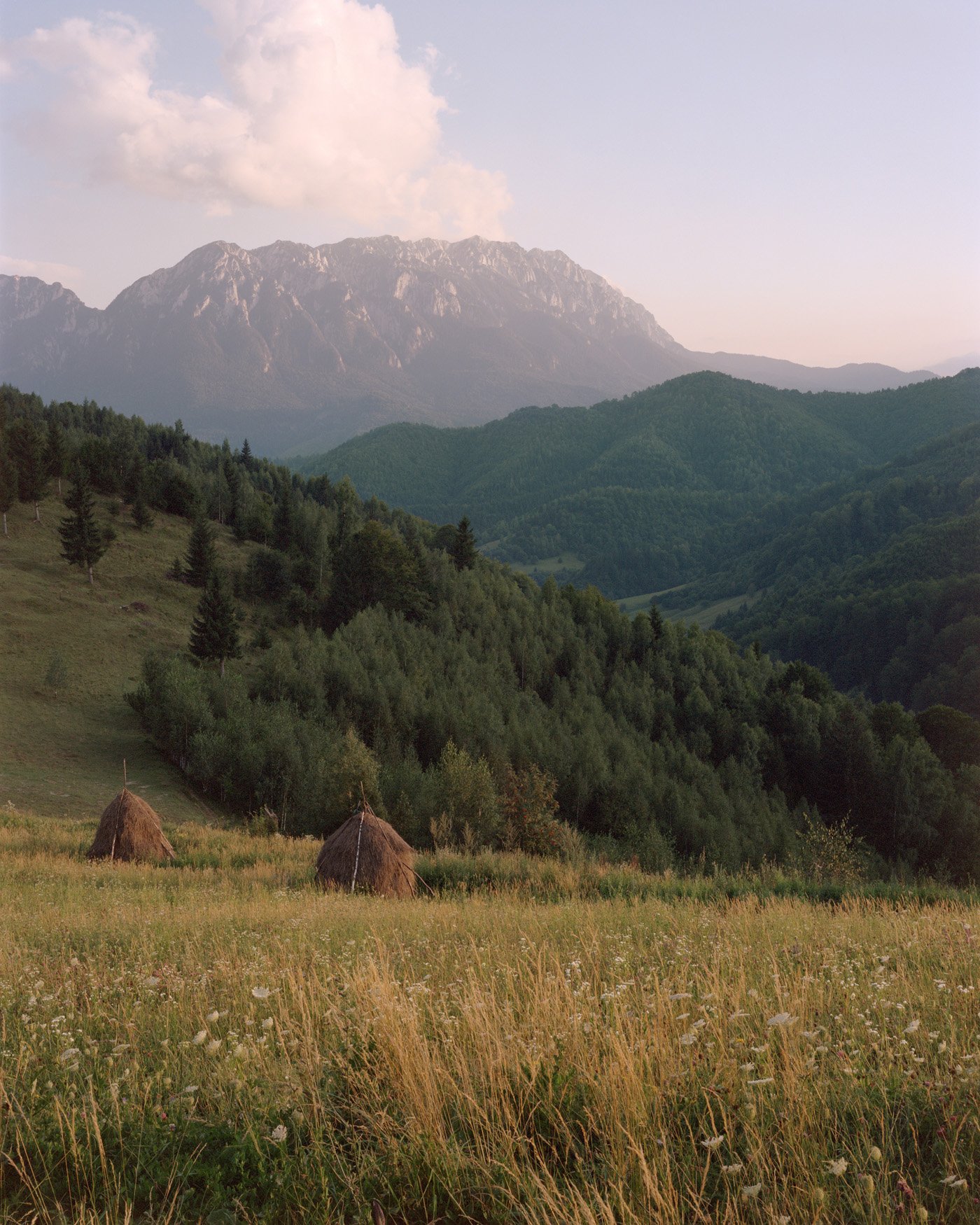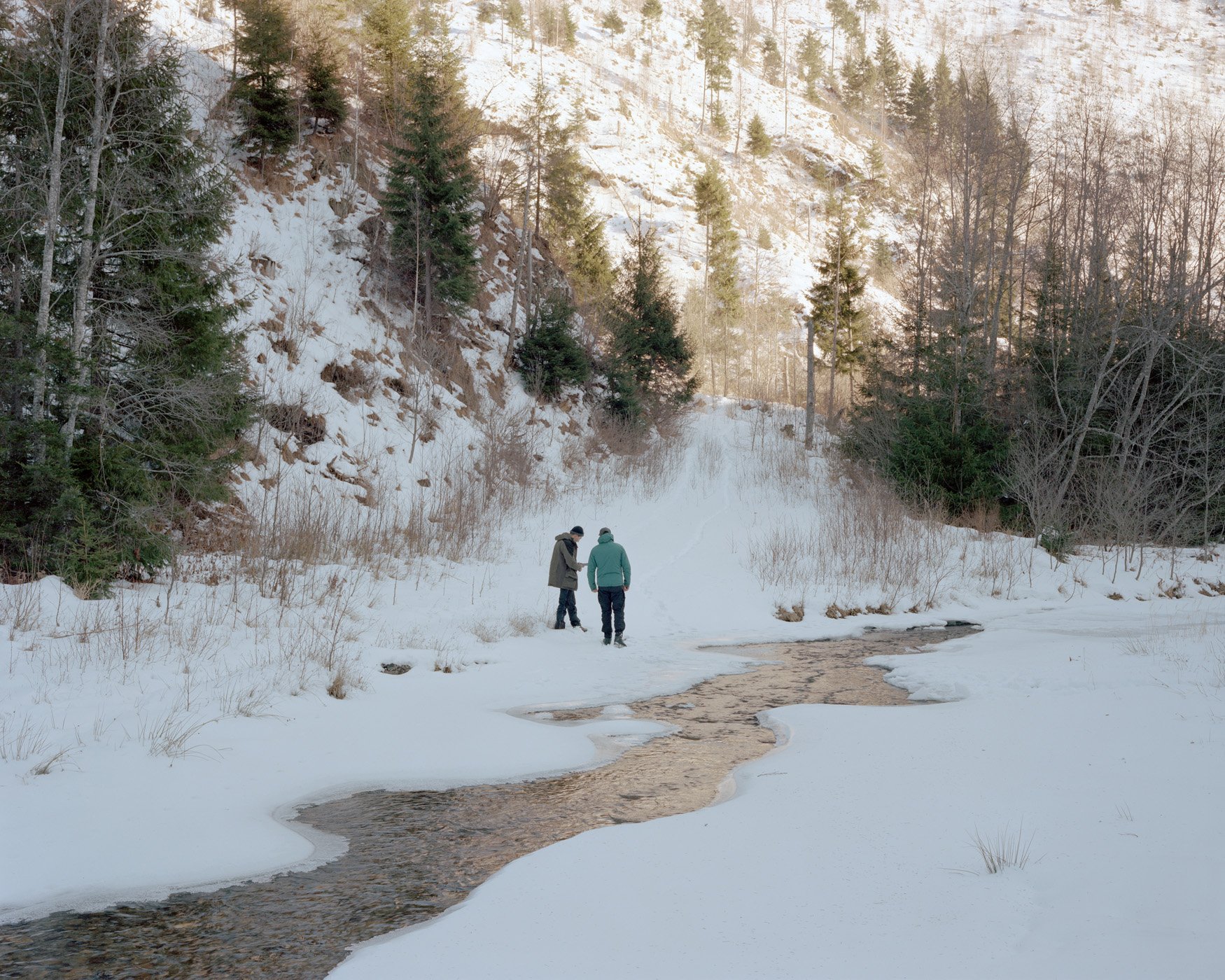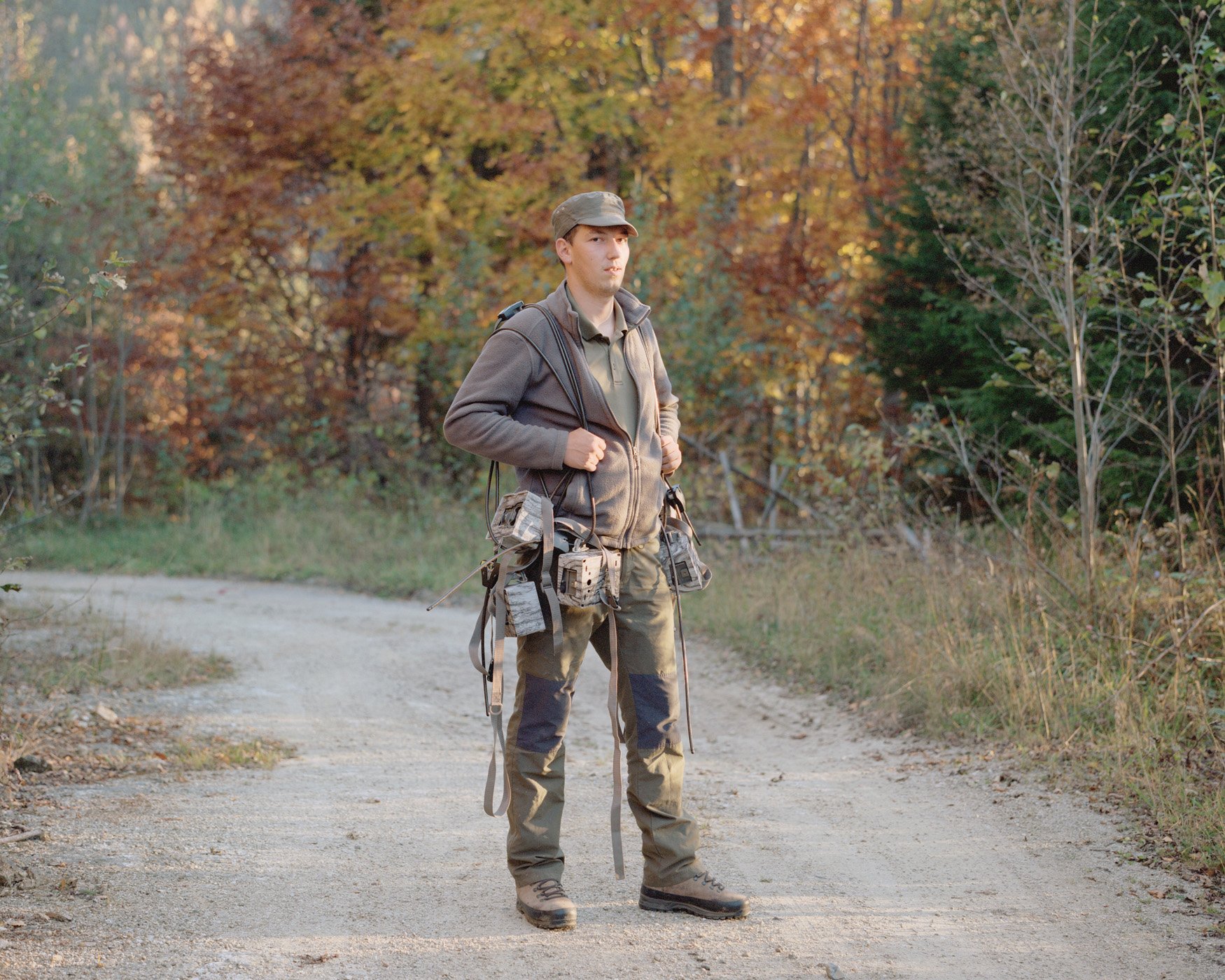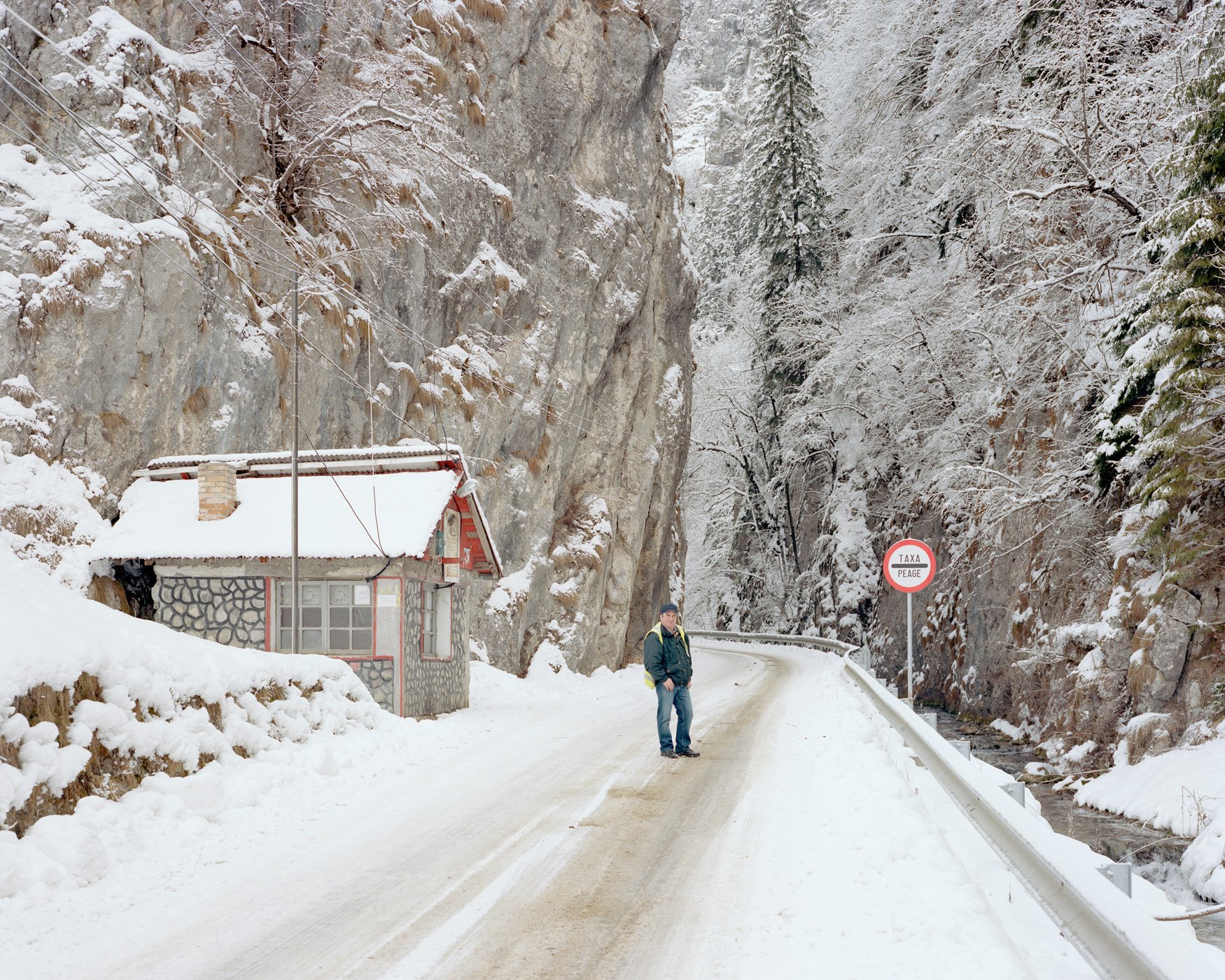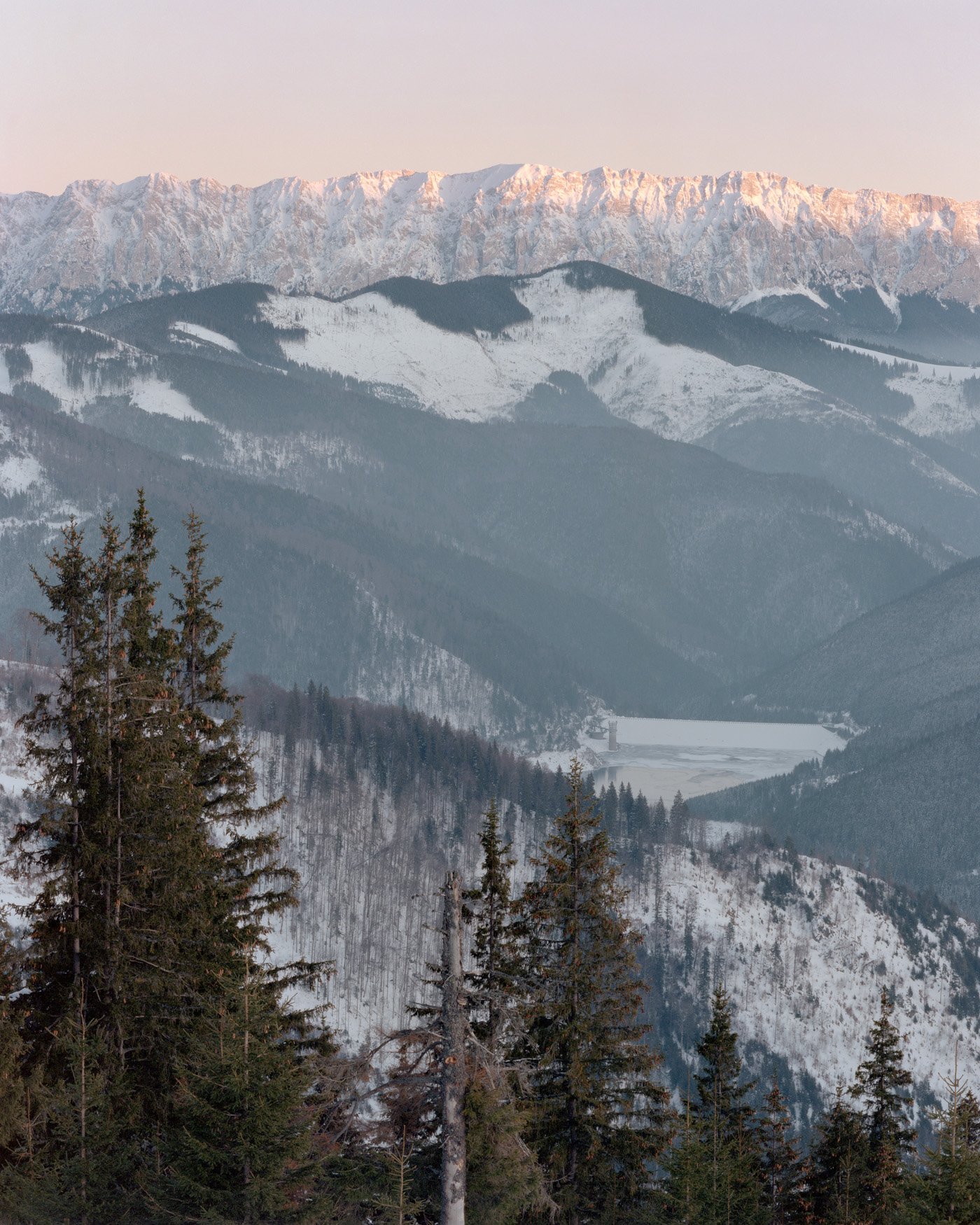Carpathia
Working in partnership with Romanian NGO Foundation Conservation Carpathia (FCC), ‘Carpathia’ is a work-in-progress, documenting the formation of an emblematic National Park in the Southern Carpathian Mountains of Romania. The gallery of photographs forms a snapshot of the work thus far. The final project will be divided into several ‘chapters’ detailing the various activities associated with forming the new National Park. Work on ‘Carpathia’ began in 2018, as a result of being awarded the Royal Photographic Society ‘Environmental Bursary’ in association with The Photographic Angle and Metro Imaging.
When it comes to economic data, Romania is nearing the bottom of all of the statistics in the European Union. However, when it comes to environmental statistics, the county comes out on top. Boasting 6 million hectares of forests, it has the largest surface of virgin and unfragmented forest in the Union; the most significant population of large carnivores, where bears, wolves and lynx are still commonly seen in their natural environment; and over 3700 plant species, many of them endemic to the region.
It is said that “the forest is Romania’s brother”, however in recent years, this innate connection to the forests is being put under incredible strain. The restitution of formerly nationalised land, a process that began in 2004, eventually resulted in a new ownership structure of two thirds of Romania’s forests. Communities and landowners associations received larger, contiguous properties, while the majority of private land consisted of smaller parcels with less than 50 hectares. In the years that followed, logging companies bought many of the privately-owned forests, and tremendous deforestation was the outcome. This resulted in large clear-cuts that have painfully scarred vast mountain slopes, leaving the area deserted. The only viable solution to protect these areas from greed and corruption was via direct purchase.
Founded in 2009, Foundation Conservation Carpathia (FCC) is spearheading efforts to protect and restore a significant area within the Southern Carpathians through the creation of a new European Wilderness Reserve. By purchasing large tracts of forests and meadows, FCC ceases logging operations and lease hunting rights to guarantee full protection of all natural elements. Over the past decade, FCC has succeeded in acquiring over 21,000 ha of forests for protection and has managed to create an entirely hunting free area of 36,000 hectares, in addition to planting over 1.5 million saplings and restoring more than 500 hectares of clear-cut land.
The Romanian Carpathians are home to an incredibly diverse mix of wildlife – over 3,500 animal species thrive there, many of which are strictly protected by European law. With few exceptions such as bison and beaver, the entire mammal fauna is still present in viable numbers, including the large carnivores. After the fall of communism, however, numbers of large mammals have suffered from over-hunting, poaching and disturbance through logging. In Romania, wildlife management and hunting rights are not linked to land ownership, but are instead administered by the state and auctioned off to national or private hunting associations.
FCC has founded its own hunter’s association and managed to lease hunting rights for the core area of the project in the Upper Dambovita Valley. Together with the adjacent Piatra Craiului National Park, this translates into an area of 36,000 hectares of hunting free zone.
Additionally, FCC has also challenged the traditional wildlife monitoring system. Ordinarily conducted by the hunters themselves, this process was naturally prone to mistakes and even falsification to obtain higher quotas. In order to achieve a reliable estimate on the current population sizes of key species, FCC has implemented the use of genetic analysis of scat and hair samples as well as the use of camera traps.
By forming partnerships with other hunting associations in the area, FCC hopes to improve the situation while also trying to lease additional concessions if they come up for auction. Once declared a national park, hunting would be banned in the entire area

